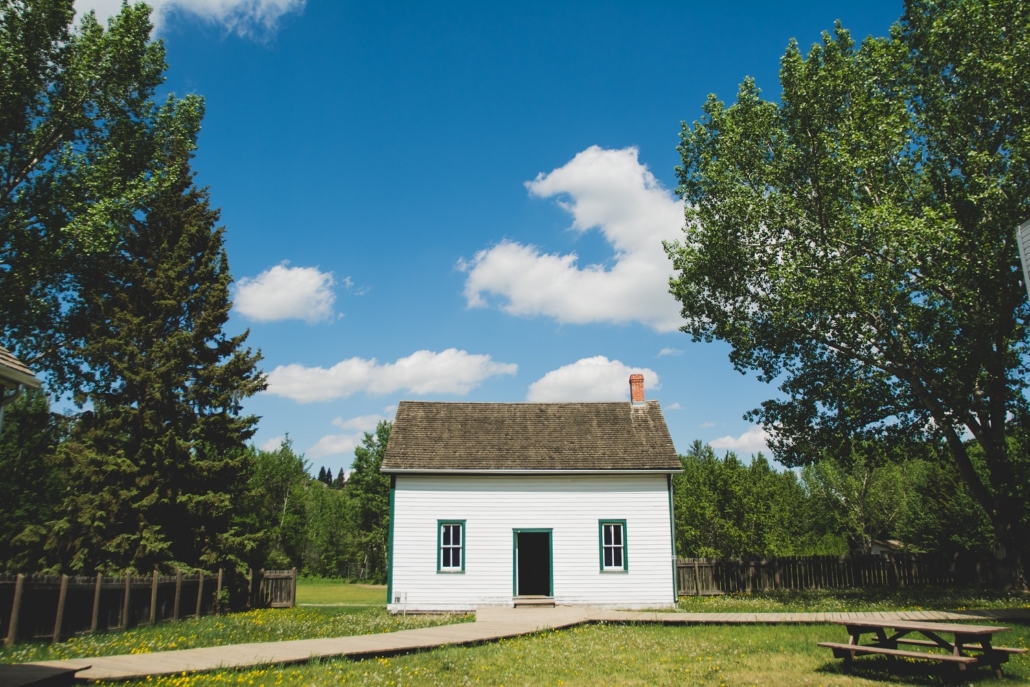
Every Texas borrower wants to get the lowest mortgage rate when applying for a loan. JVM is proud to offer our Texas buyers some of the lowest mortgage rates in the industry. But many Texas buyers are unaware of the different factors that can affect mortgage interest rates.
-
The market moves.
The Texas market is a powerful force in determining mortgage rates, and unfortunately, it is always changing. Mortgage interest rates can go up quickly over short periods, which drastically affect rates on a day-to-day basis.
-
Property Type.
There are different mortgage rates for different property types in Texas. Property types can vary between single-family detached homes, duplexes, or condos. Each of these properties has an associated loan default risk. Mortgage rates will vary between property types to reflect that risk. A single-family detached home will typically have better rates than condos. Condos are often considered riskier and usually have higher ¼% higher rates (or more, depending on the buyer’s credit score).
-
Credit Scores.
Along with your income, employment, and assets your credit profile is crucial during the pre-approval process and determining your mortgage rate. Credit scores can influence an interest rate by as much as 1%, and credit reports only remain valid for 90 to 120 days. Your credit score is determined from three different places: Equifax, TransUnion, and Experian. At JVM, we use Fannie Mae’s and Freddie Mac’s specialized software as part of the pre-approval process.
Credit scores are generated through specialized software that works with JVM’s internal credit reporting system. Higher credit scores not only qualify you for more loans, but they also qualify you for lower mortgage rates. If you pay your bills on time and have smaller amounts of debt, you likely have a higher credit score. However, a single late payment, or running the credit report when balances are high can easily reduce a score by as much as 50 to 100 points.
Credit reports and information provided by third parties cannot be verified as 100% and should not be relied on when the stakes are so high with pre-approvals and mortgage rates. Always make sure you are using a trusted lender when getting your credit information.We see a lot of clients worry about lenders pulling their credit score – they’re afraid it will bring their score down. In this blog post from JVM’s founder, Jay, he explains why lenders must pull credit and why buyers don’t need to worry about inquires to their score.
-
Loan Type and Amortization.
The loan type that you use for your mortgage also comes with different rates. A fixed-rate loan tends to have higher rates initially, but that rate stays the same for the duration of your loan. In comparison, an Adjustable Rate Mortgage (ARM) may have a lower rate to start, but that can fluctuate or even rise over time.The length of your loan also plays a role in your rate. Shorter fixed-rate terms such as 15-year or 20-year fixed loans can improve the terms of your loan rate and reduce the amount of interest you pay over the lifetime of your loan.
-
Down Payment.
Your down payment amount also affects your mortgage rate in Texas. Higher down payments result in lower loan to value ratios (LTVs). If a borrower decides to put down only 20% instead of 24%, their rate will be at least 1/8% higher (or more depending on credit scores). Lower LTVs generate lower levels of risk associated with your loans. Down payments help lenders asses the mortgage’s loan-to-value ratio (LTV).
Lower LTVs generate lower levels of risk and therefore, lower mortgage rates. When lenders get riskier loans, they compensate with higher rates. Putting 20% or more down in your down payment allows you to avoid Private Mortgage Insurance and further improves the terms of your loan. Purchasing a home with a higher down payment can also help decrease the effects of a negative credit score on your application.
-
Primary Residence vs. Second Home vs. Investment Property.
The occupancy of your property also plays a role in determining your mortgage rate. There is a difference between Primary Residences, Second Home, and Investment Properties. A Primary Residence is a property that you plan to live at for most of the year.
Primary Residences usually qualify for lower mortgage rates. A Second Home and Investment Property may require a higher credit score and are usually associated with a higher rate due to increased risks to the lender. A conforming loan that has been backed by Fannie Mae or Freddie Mac has no adjustment rate mortgages for second homes and investment properties. However, many Jumbo loans are available for these properties. Jumbo loans can tend to have higher rates and higher down payment requirements.
This blog covers the very basics of mortgage rates. If you are thinking about getting pre-approved or have any additional questions, you can reach us here, by phone at (855) 855-4491, or by email at [email protected].
























